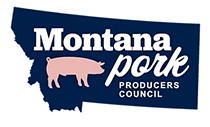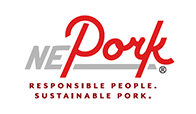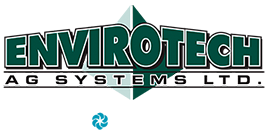Sow barns are very sophisticated systems that require various types and strategies for feeding. Generally, you start with your gilt (young female pig that has not given birth) supply, either raised in-house or acquired through your genetics company. Typically, gilts are grown in three stages: nursery, grower, and finisher. Each stage primarily aims to enhance gilt growth and promote healthy development. Another function of these stages is to cull any animals that do not meet expected standards. Once a gilt reaches maturity, it is moved to a gestation pen or stalls, where it is usually fed a maintenance diet through an electronic sow feeder or drop feeder until ready for breeding.
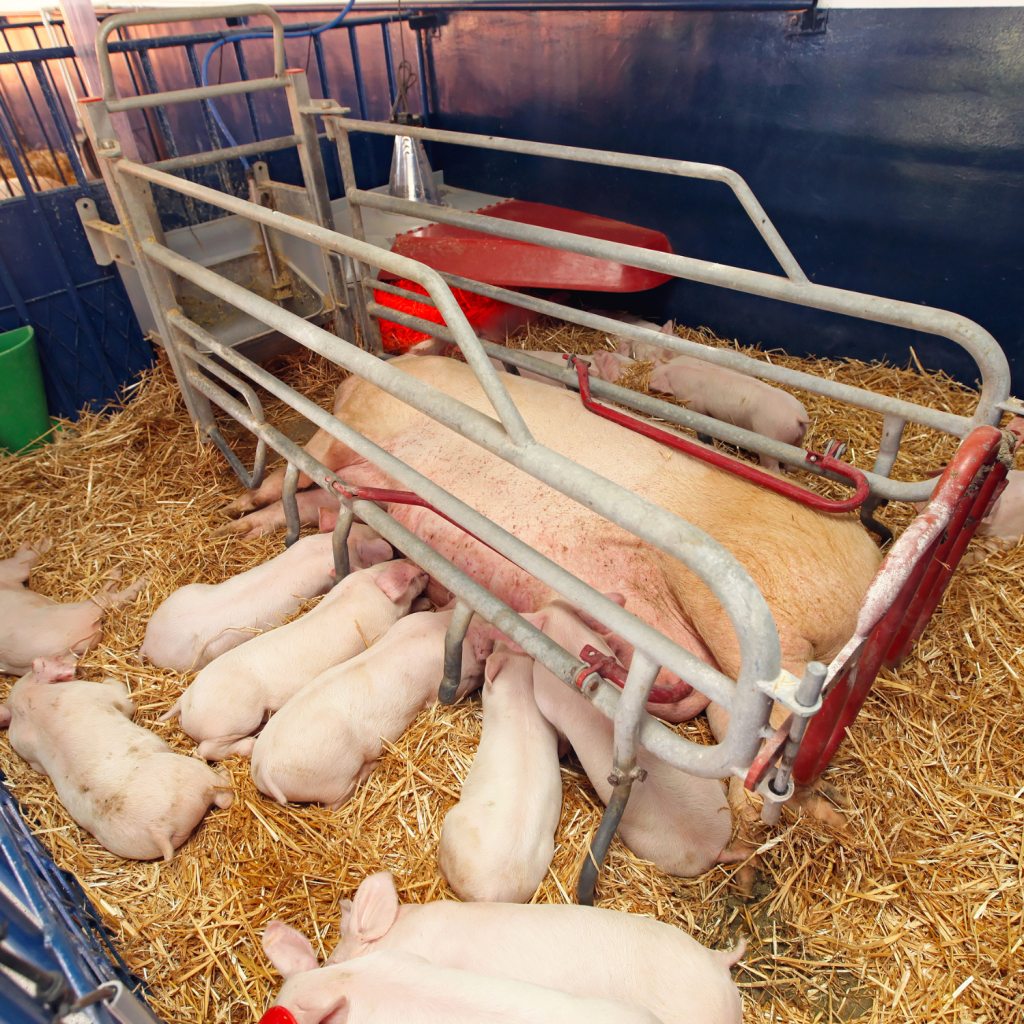
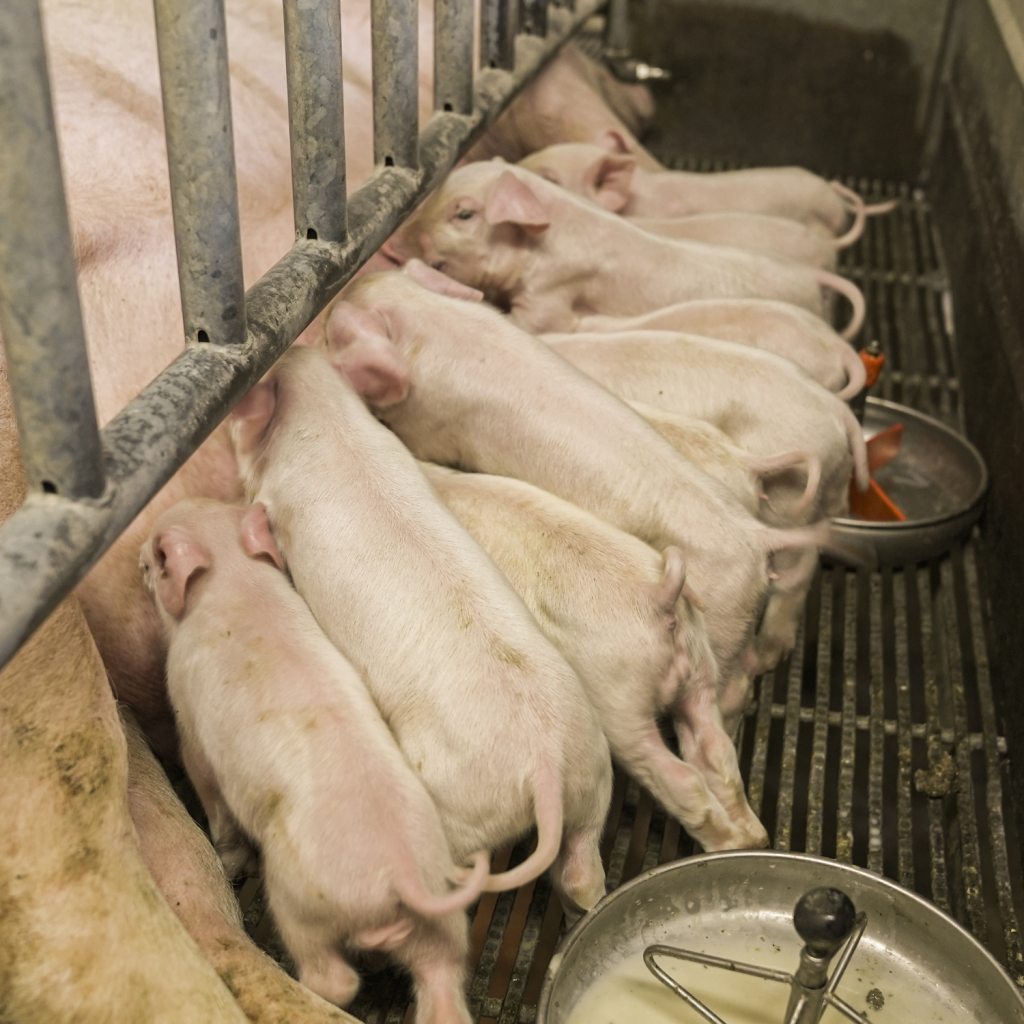
After breeding, they typically transition into a static group where they will stay for the duration of their gestation. Typical feeding in gestation pens utilizes electronic sow feeding stations, where each sow has an individual RFID ear tag that allows her to receive a specific diet and amount of feed based on her condition. The electronic sow feeding station also has the capacity to administer medications and micro-nutrients as needed. Once the sow or gilt is nearly ready to farrow (give birth to a litter of pigs), it is moved to a farrowing room, where it typically has its own pen with a dedicated feed and water source. Typically, sows and gilts continue their maintenance diet until they farrow, after which they generally increase their feeding to allow the sow to eat as much as she wishes. We employ electronic lactation feeders to maximize sow intake, reduce feed wastage, and dispense water with feed and evaluate the sow’s eating behavior to anticipate issues. Once the piglets are weaned the sow starts the cycle all over again starting back at the breeding area.
